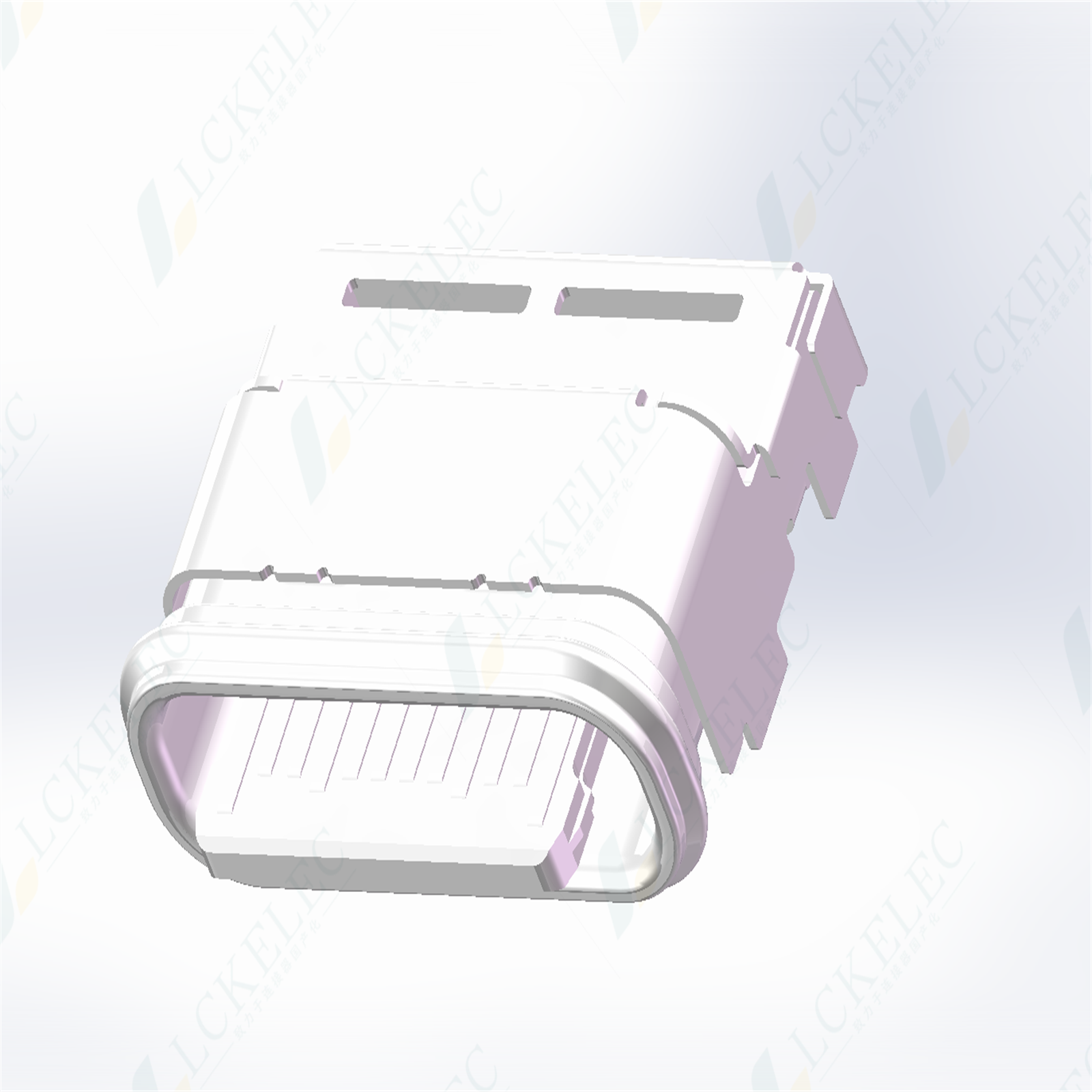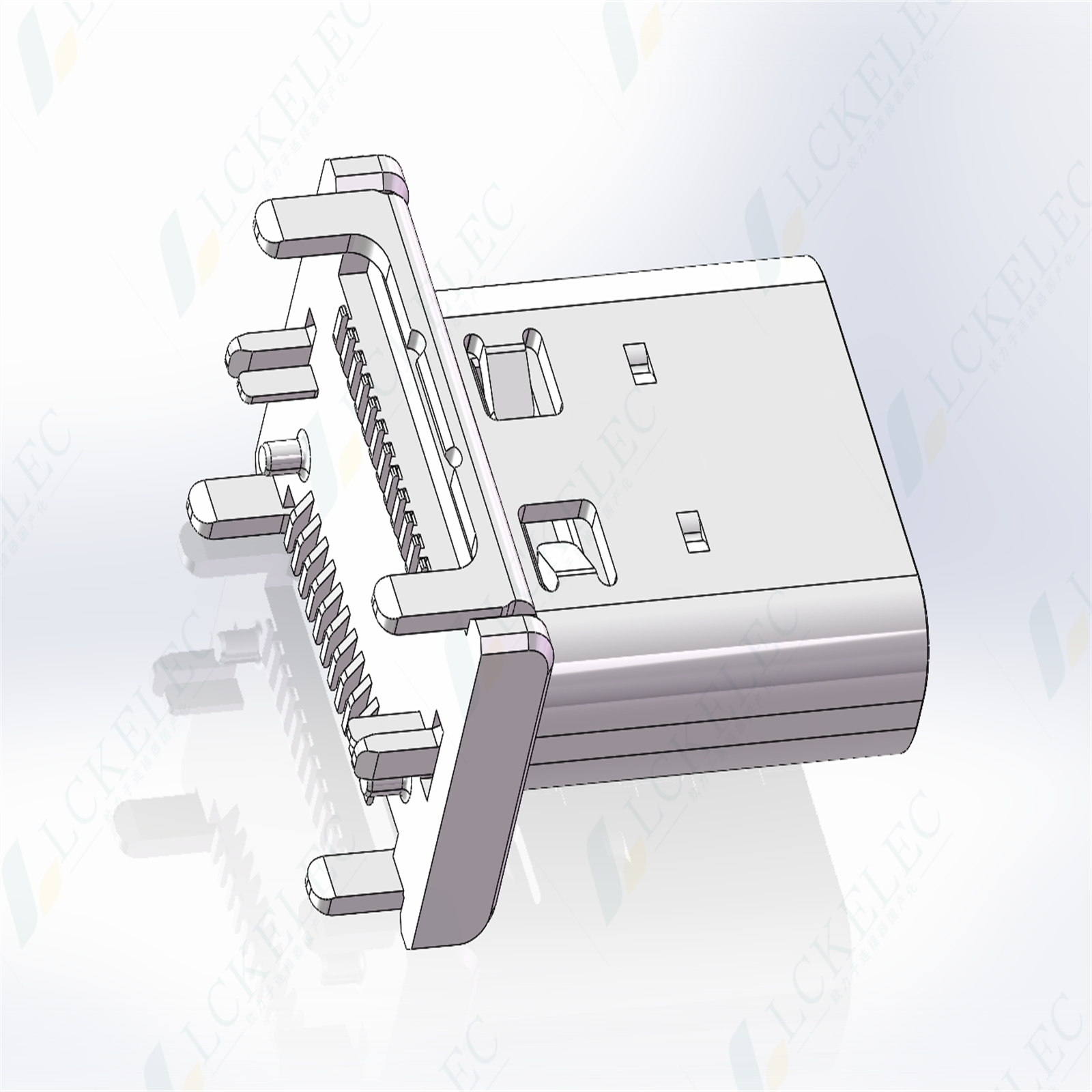Welcome to visitLianshengxin Connector (Shenzhen) Co., LtdManufacturer, supplierSIM card socket connector, TYPE C female socket, WF connector, touch switch
- The principle and advantages of using USB connector interface
- How much do you know about the interface of USB connectors
- Introduction to the Three Basic Performance Characteristics of USB Connectors
- A Brief Discussion on the Hardware Structure of USB Connectors
- You need to pay attention to these issues when using the USB socket
The principle and advantages of using USB connector interface
- Author:Lianshengxin connector
- Release time:
- Hit:249
Working principle of USB interface:
USB is an external bus standard used to standardize the connection and communication between computers and external devices. USB interface plug and play and hot swappable function. The USB interface can connect 127 types of peripherals, such as mice and keyboards. USB was jointly launched by Intel and other companies at the end of 1994 in 1996, and has successfully replaced serial and parallel ports, becoming a necessary interface for computers and a large number of smart devices today. The USB version has undergone years of development and has now evolved into version 3.0 For most engineers, the main obstacles in developing USB 2.0 interface products are facing complex USB 2.0 protocols, writing USB device drivers themselves, and being familiar with microcontroller programming. This not only requires considerable VC programming experience, but also the ability to write hardware (firmware) programs for USB interfaces. So most people give up developing USB products on their own. In order to simplify complex problems, Xi'an Datai Electronics has specially designed a USB2.0 protocol conversion module. The USB20D module can be seen as a USB2.0 protocol converter, converting the computer's USB2.0 interface into a transparent parallel bus, just like a microcontroller bus. Thus, the design of USB 2.0 products can be completed within a few days.
Advantages of USB interface:
1. Hot swappable. It means that users do not need to shut down or turn on external devices, but can directly plug in the USB while the computer is working.
2. Convenient to carry. USB devices are mostly known for their small, light, and thin size, making it convenient for users to carry large amounts of data with them. Of course, a USB hard drive is the top choice.
3. Unified standards. The common ones are IDE interface hard drives, serial port mice and keyboards, and parallel port printers and scanners. However, with USB, these application peripherals can all be connected to personal computers using the same standards, resulting in USB hard drives, USB mice, USB printers, and so on.
4. Multiple devices can be connected. USB often has multiple interfaces on personal computers, which can connect several devices simultaneously. If a USB HUB with four ports is connected, it can be reconnected; Four USB devices, and so on, can be connected as much as possible, connecting all your home devices to a personal computer at the same time without any problems (note: up to 127 devices can be connected)
“Recommended Reading”
- Application and Selection of Type-C Female Type-C Connector
- Characteristics and precautions of USB Type-C female socket
- Type C Mother Seat Functional Features and Structural Diagram
- How to test the airtightness of waterproof TYPE-C female seat?
- What are the advantages of waterproof Type-C female socket interface?












